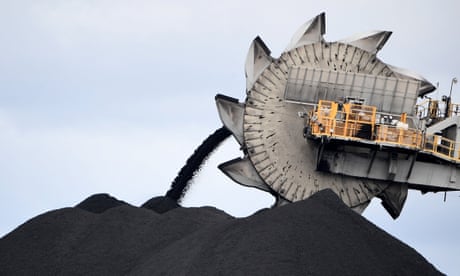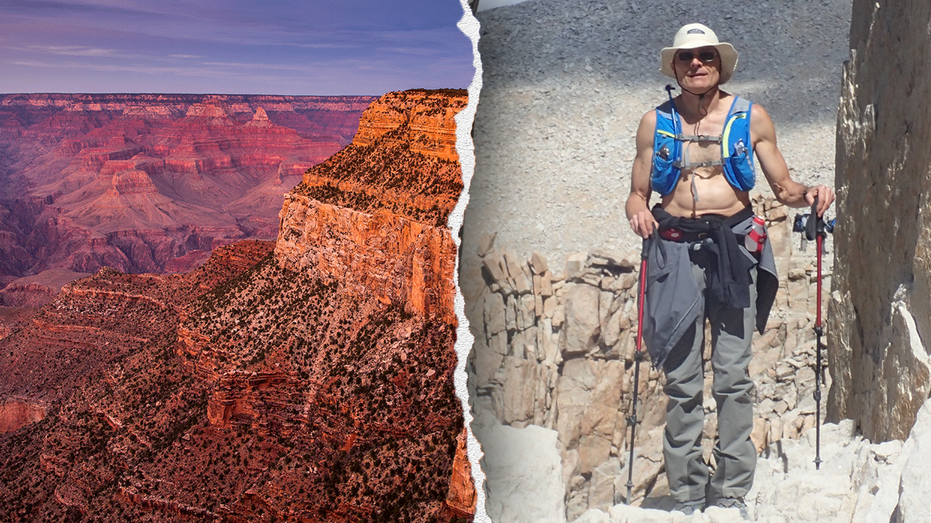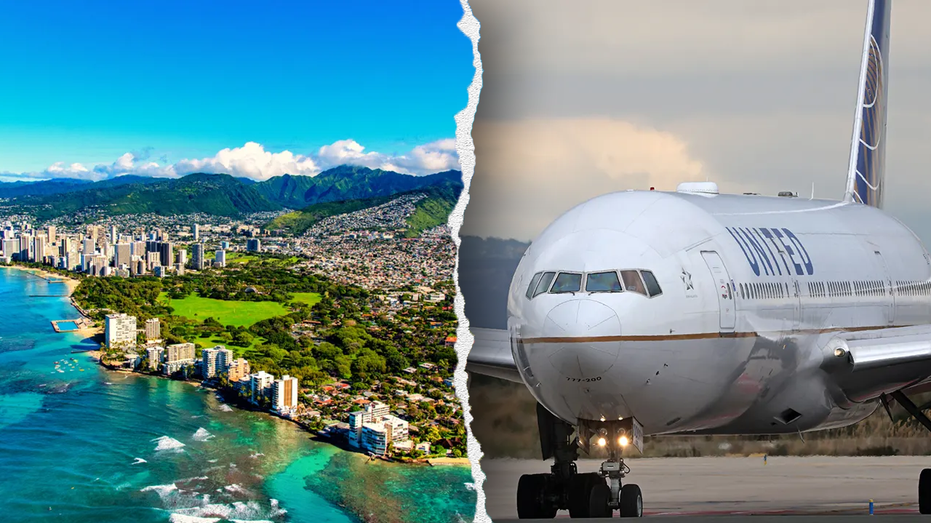- by foxnews
- 23 May 2025
Greenhouse emissions from Australia’s coalmines could be twice as high as official figures say
Greenhouse emissions from Australia’s coalmines could be twice as high as official figures say
- by theguardian
- 08 Jun 2022
- in news

Twice as much greenhouse gas could be leaking from Australian coalmines than is being reported in official government accounts, according to a new report using data from the International Energy Agency.
The report by Ember, a UK-based energy thinktank, said the IEA had recently increased its estimate of Australia's methane emissions from coalmines by 59% after receiving new evidence from satellites monitoring the Bowen Basin in Queensland.
Methane is a potent but short-lived greenhouse gas - with 82 times the atmospheric heating power of carbon dioxide over a 20-year period - and increasingly a focus of global efforts to deal with the climate crisis. The US, the EU and Indonesia, the world's biggest coal exporter, were among more than 100 countries that last year pledged to cut methane emissions by 30% by 2030, but the Morrison government chose not to join the commitment.
The Ember report said the new increased estimate of Australia's coalmine methane emissions suggested it was a greater contributor to the climate crisis than all cars on the country's roads. It illustrated the need for rapid action to deal with the problem, which it described as the "low hanging fruit" of combating climate change.
The report said the best way to deal with the issue was to phase out coal, starting with stopping new coal developments and phasing out the gassiest mines while supporting affected workers and communities.
It found there was a wide divergence between the dirtiest and least emitting mines. Fifteen mines accounted for 50% of reported emissions from coalmining while producing just 10% of coal.
The report said there was enormous uncertainty about global coalmine methane volumes, with the possibility they were about 70% higher than reported in official data. Many estimates were based on desk research, extrapolating from how much coal is mined. In reality, emissions vary between coal seams and mines.
The IEA, which draws its estimates from several sources, already had a higher estimate of Australia's coalmine methane emissions than official reports, and recently increased it further to 1.8m tonnes last year compared with 0.9m tonnes in Australian government data. It followed the release of satellite data from over the Bowen Basin, Queensland's major coalmining region, that suggested carbon pollution in the area could be 10 times higher that desk assessments.
Ember's methane analyst, Dr Sabina Assan, said Australia had a moral responsibility to reduce its emissions, but also needed to take actions to remain globally competitive as a trading nation.
"Failing to address direct methane emissions poses a risk to trade relationships with countries like Japan and South Korea, which, unlike Australia, have signed the global methane pledge," she said. "China has also announced a methane action plan, aimed at cutting methane emissions in major industries, including coalmining."
The report said important first steps included a comprehensive overhaul of monitoring, reporting and verification to improve emissions data, and the introduction of industry standards that required capture and use of methane and banned venting into the atmosphere.
"Australia is falling behind in a race it could be winning," Assan said. "The technology exists, but companies are not incentivised to deploy it. It is up to the Australian government to legislate a robust and well thought out plan to rapidly reduce easy-to-tackle leaks in the short term and jump-start a just transition to phase out coal."
Concerns about reporting of emissions from Australian coalmines are not new. Earlier this year the Clean Energy Regulator found Peabody Energy had repeatedly submitted incorrect emissions reports to the Australian government due to calculation errors, poor record-keeping and inconsistent data collection and analysis.
The Albanese government has promised to cut total emissions by 43% by 2030, compared with 2005 levels, and to work with industry to gradually start reducing industrial carbon pollution using the "safeguard mechanism", a policy that the Coalition introduced but chose not to use to cut emissions.
The new climate change minister, Chris Bowen, last year said Labor's commitments were based on independent modelling showing what its policies would deliver, and did not commit to joining the methane pledge. His office was not available to comment on Tuesday afternoon.
The campaign group Lock the Gate, which commissioned the report from Ember, said the report showed Australia had a methane problem. The group's national coordinator, Carmel Flint, said the country was the world's sixth largest emitter of coalmine methane, but could become the third biggest behind China and Russia if proposed developments in NSW and Queensland went ahead.
She called on the government to sign the global methane pledge and take the other steps identified in the report. "It's time to take action in order to protect Australians who are facing hardship from extreme weather events including floods, fires and heatwaves fuelled by climate change," she said.
Suzanne Harter, the climate campaigner with the Australian Conservation Foundation, said methane from coal, oil and gas extraction, production and distribution were believed to be responsible for about 10% of Australia's emissions, but the Ember report suggested it was likely to be far higher.
"Plugging leaking methane from fossil fuel projects is one of the most effective, and one of the easiest, measures we can take to quickly cut greenhouse pollution in this crucial decade for climate action," she said.
The Greens have said arguing for a ban on new fossil fuel mines will be their priority in this term of parliament.
- by foxnews
- descember 09, 2016
United Airlines flight returns to Hawaii after concerning message found on bathroom mirror; FBI investigating
United Airlines Flight 1169 to Los Angeles returned to Hawaii after a "potential security concern" aboard the plane. The FBI and police are investigating.
read more


